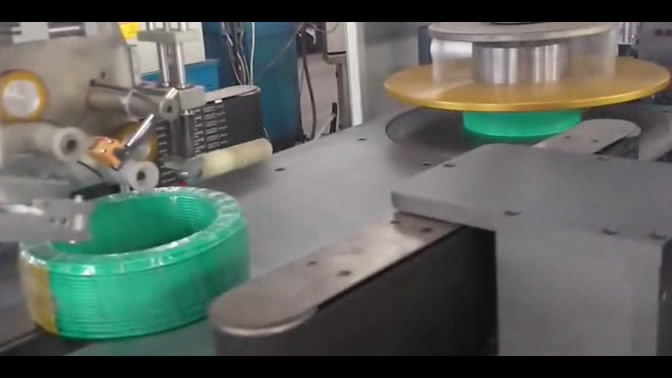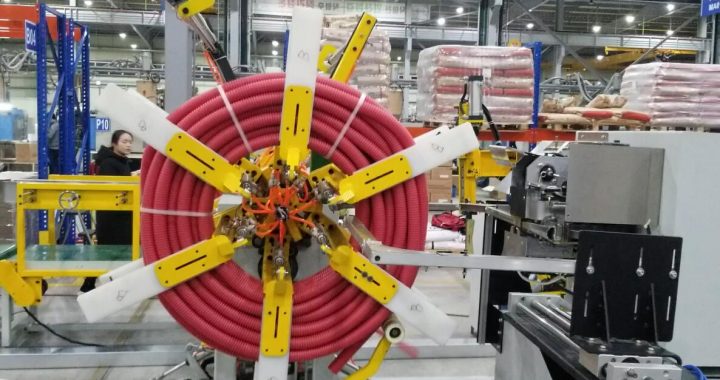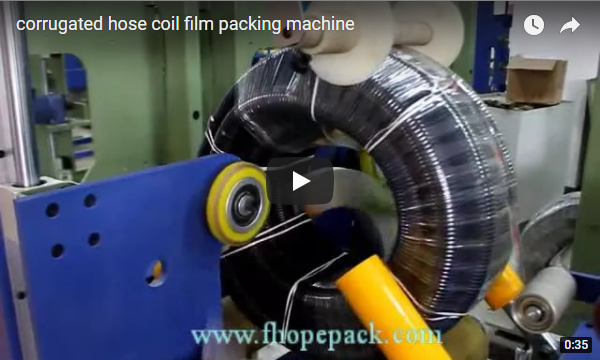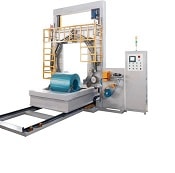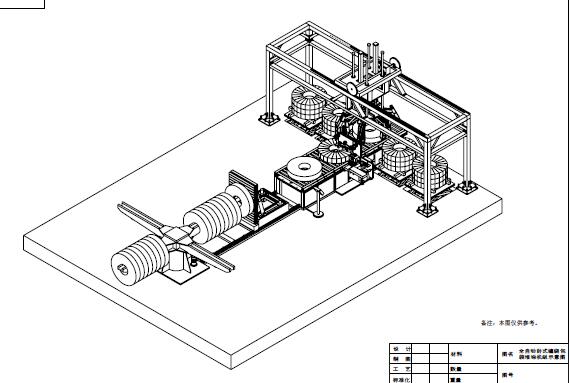Load

Do you know what impact your loading dock injury prevention plan has? Does it pose a safety hazard? You know what? Below, we can come to see specifically!
As we all know, if the damage is occurred in the workplace, it is a very expensive – it is embodied in the in many ways, for example, lost days, pay increases, the loss of reputation, commitment to the employees of the company, to work overtime, even is the basic moral costs, etc., these losses for a company, it is very serious. If you want to protect workers, you can do nothing reasonable.
So, do you know what the company is trying to do? It tries to prevent unsafe activities and behavior, thereby reducing the number of preventable workplace and loading docks, which is what the company is trying to accomplish. Actually, it’s not surprising. One of the core principles of a lean approach is to do so.
What you need to do is to design a risk-free process.
Identifying high-risk activities is a typical step, and it is easy to identify when loading dock bends and elevating such tasks. Also, process changes need to be implemented. Do you know why? It is also important that the demands for the workers’ actions that cause harm need to be eliminated.
The task of using a pallet wrapper to reduce the unpleasantness and vulnerability of hand-wrappers is a good example of this, and we can look at it. Generally speaking, we all think manual packing is cheap and convenient. In fact, it’s not the right idea, in other words, it’s a misconception. In addition to not requiring a machine, it typically increases operating costs in several ways:
First, it needed more film, which resulted in higher material costs being wasted. Second, longer time needs to be spent, because its throughput is slow, which leads to the increase of product damage rate in transportation, which is a few performances of increasing operating costs! As we all know, the load does not consistently contain and lock onto the tray.
